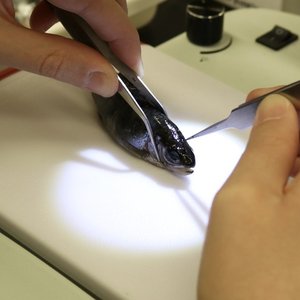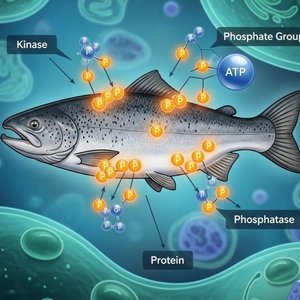Abstract
Over the past decade, there have been considerable problems in shrimp aquaculture, mainly due to viral diseases. Latin America, in particular, where Penaeus vannamei is the main species produced, has been suffering from severe viral disease problems since the early 1990s.
In the search for lasting solutions to the disease problems affecting P. vannamei culture in Latin America, it was perceived that stocking with healthy postlarvae is a key factor to achieving better survival during production. However, to successfully produce healthy postlarvae requires a clear understanding of the basic principles of sound health management and hatchery biosecurity.
This document provides technical guidance on how to improve the health and quality of postlarvae produced in hatcheries through improved facility maintenance and husbandry, broodstock maturation, larval rearing, feeding, water quality management, biosecurity and health management, using interventions at different points of the hatchery production process.
The document also provides valuable information on how Standardized Operating Procedures (SOPs) and Hazard Analysis Critical Control Point (HACCP) type interventions can be applied during the hatchery production of P. vannamei postlarvae.
This document is expected to facilitate the efforts of hatchery operators and managers to produce quality, disease-free, healthy P. vannamei postlarvae, thereby improving overall production and the sustainability of white shrimp aquaculture.
Keywords
Health management, biosecurity maintenance, HACCP, white shrimp, Penaeus Vannamei, Latin America
Author
Inland Water Resources and Aquaculture Service
Fishery Resources Division, FAO Fisheries Department
Publication
FAO Fisheries Technical Paper No 450
Link
Download it here.







